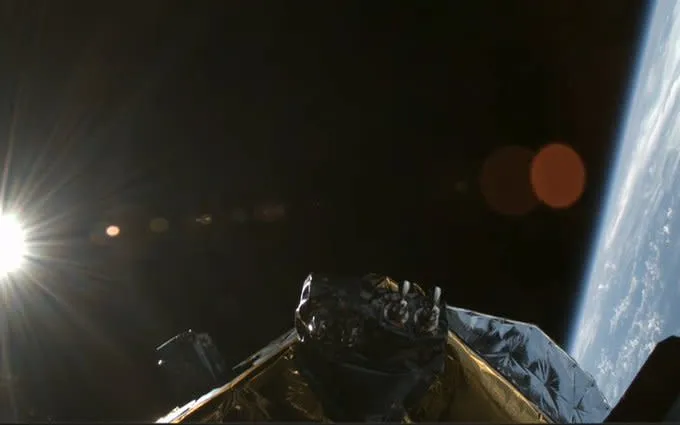Euclid Space Telescope Blasts Off to Chart Dark Matter in Europe
The European Space Agency’s Euclid spacecraft was successfully launched into space from Cape Canaveral, Florida, on Saturday morning by a SpaceX Falcon 9 rocket. Named after the renowned ancient Greek mathematician, Euclid, the near-infrared telescope aims to investigate the influence of dark matter and dark energy on the structure of the universe.
In addition to using a 600-megapixel camera to image a third of the night sky over the next six years, Euclid is equipped with a near-infrared spectrometer and a photometer to measure the redshift of galaxies. Combined with data from ground-based observatories, this information helps scientists estimate the distance between different galaxies. As The New York Times notes, one of the physicists’ hopes is that Euclid will allow them to determine whether Albert Einstein’s theory of general relativity works differently on a cosmic scale. There is a real possibility that the spacecraft could revolutionize our understanding of physics and even offer a glimpse into the ultimate fate of the universe.
👋 Safe travels, #ESAEuclid!
The #DarkUniverse 🕵️♂️ detective ventures into the unknown. pic.twitter.com/JvWBpIz4Sx
— ESA’s Euclid mission (@ESA_Euclid) July 1, 2023
“If we want to understand the universe we live in, we need to discover the nature of dark matter and dark energy and understand their role in shaping the cosmos,” said Carole Mundell, ESA’s director of science. “To address these fundamental questions, Euclid provides the most detailed map of the extragalactic sky.”
Now that Euclid is in space, it will travel about a million miles to the second Lagrange point in the solar system. This is the same region of space where the James Webb Space Telescope has been operating for the past year. It will take about a month for Euclid to travel there, and another three months for ESA to test the spacecraft’s instruments before Euclid can begin sending data back to Earth.




